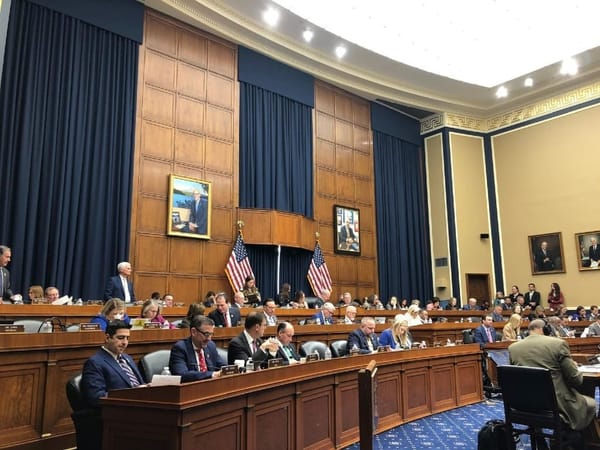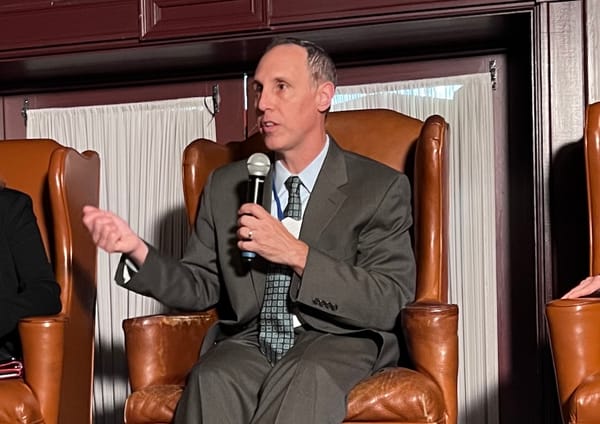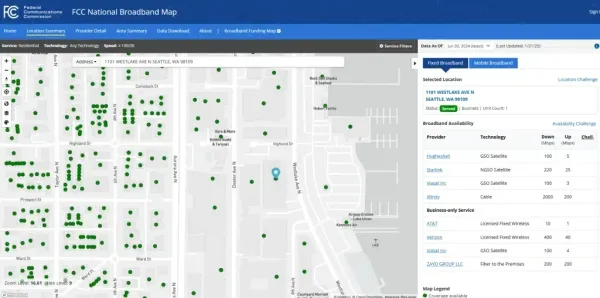Senate Bill Would Fortify Networks Against Climate Disasters
Sen. Markey says rising sea levels threaten 4,000 miles of fiber across the U.S.
Jericho Casper

WASHINGTON, Dec. 16, 2024 – As extreme weather events become more frequent and severe, a newly reintroduced bill would provide $5 billion to strengthen the resiliency of U.S. communications networks.
The Generating Resilient and Energy Efficient Network (GREEN) Communications Act, reintroduced by Sen. Edward Markey, D-Mass., on Thursday, was first introduced in April 2021 to address threats climate change and natural disasters pose to critical communication infrastructure.
Although the bill was initially introduced during the 117th Congress, it failed to advance to a vote. Markey’s decision to reintroduce it just days before the current Congress ends may be a strategic move to keep the issue in focus and lay the groundwork for renewed efforts in the next legislative session.
“Hurricane Helene and the Maui wildfires showed us that our communications infrastructure faces an ever-growing threat from natural disasters driven by climate change,” Markey said in a statement. “We need a reliable communications network with service that does not disappear when you need it the most.”
Markey’s announcement cited a scientific warning that rising sea levels could submerge over 4,000 miles of fiber optic cables within the next 15 years – equivalent to nearly four percent of the more than 113,000 miles of long-haul fiber crisscrossing the United States.
The release also pointed out that the information and communications sector contributes about two percent of global carbon dioxide emissions, emphasizing the urgent need for environmentally sustainable solutions.
Markey's legislation seeks to address these issues through the following measures:
- Establishing a $5 billion NTIA program to provide grants and loans for projects that strengthen network resiliency and improve energy efficiency;
- Prioritizing funding for low-income, rural, and minority communities, as well as projects that significantly reduce greenhouse gas emissions or utilize green solutions;
- Mandating accountability, requiring recipients of funding to report on energy consumption, create resiliency plans, and participate in the FCC’s Disaster Information Reporting System;
- Directing the FCC to create a regulatory framework to minimize outages and plan for long-term disruptions; and
- Requiring studies and reports on risks from climate change, energy consumption patterns, and network resilience.
The GREEN Communications Act has garnered support from advocacy groups such as Public Knowledge, New America’s Open Technology Institute, and Free Press Action.
“With the federal government investing over $42 billion in building out our digital infrastructure...now is the time for policies that ensure what we build today will last into the future,” said Prem Trivedi, policy director at New America’s Open Technology Institute.









